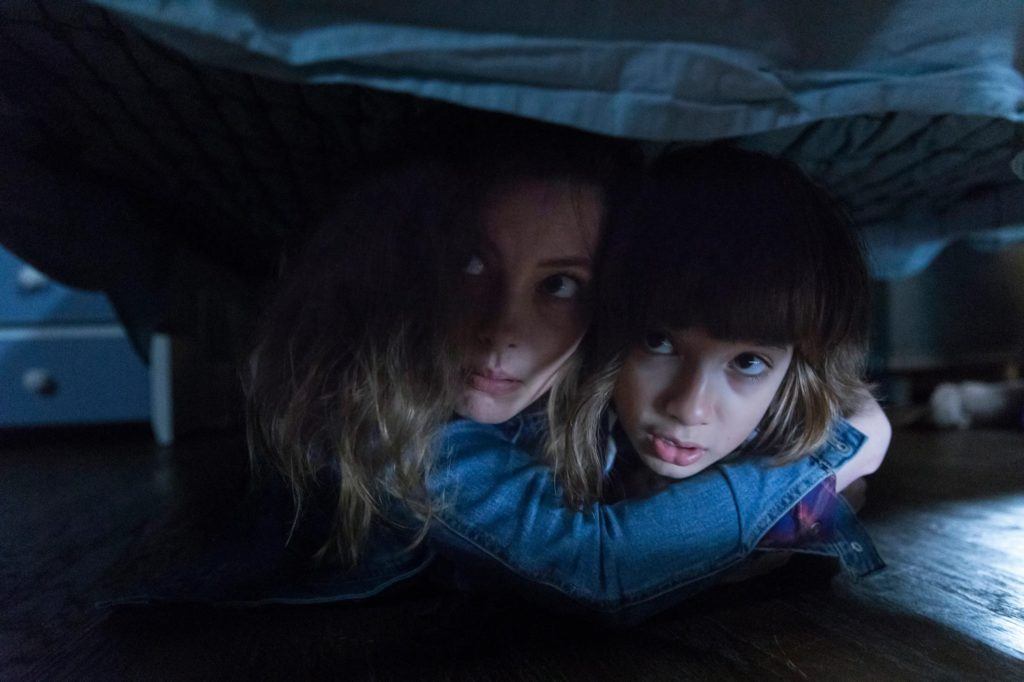Come Play

Gillian Jacobs and Azhy Robertson star in COME PLAY. (Photo: Focus Features)
Less fun than it sounds, Come Play is a horror flick for the social-media age, when a haunted house movie becomes a haunted app movie.
In this story of prepubescent paranoia and a smartphone-enabled demon, most of the frights are derived through random gimmicks and jump scares rather than genuine character-driven suspense.
It follows Oliver (Azhy Robertson), a nonverbal child on the autism spectrum who buries himself in an endless cycle of SpongeBob SquarePants episodes on his tablet. That’s better than being ostracized in school or enduring a chilly relationship with his mother, Sarah (Gillian Jacobs), who Oliver blames for splitting up their family.
Trying to make amends, Sarah arranges for a sleepover with some classmates who also happen to be his bullies. Oliver shares an app called “Misunderstood Monsters,” in which an emaciated creature named Larry recites riddles ostensibly as a way of seeking friends, but his true motives are more sinister.
Gradually, the tormented youngster’s nightmares become more persistent and vivid, preying upon his loneliness and insecurity. The unsuspecting visitors soon feel Larry’s wrath, and so does the previously skeptical Sarah, shortly before the slumber party turns into a battle for survival.
Despite his character’s lack of dialogue, Robertson (Marriage Story) conveys a wide-eyed curiosity that enables Oliver to become the film’s emotional anchor largely through facial expressions and body language. He’s certainly more compelling than the oblivious and self-centered adults.
Perhaps due to budget constraints, rookie director Jacob Chase relies too heavily on familiar tropes such as squeaking doors, flickering lights, and sudden gusts of wind.
Meanwhile, Chase’s screenplay — expanded from his 2017 short film — uses Oliver’s affliction as a plot device rather than a meaningful character trait through which to explore and process his vulnerabilities and harrowing visions.
The bulk of the film’s tension comes from the sequences with Oliver and Larry, as we try to figure out whether the latter is real or imagined, or a little of both. Yet as they match wits, there are too many logical gaps to allow for deeper emotional investment.
Despite some clever nods to genre predecessors, Come Play mostly settles for conventional mayhem once the visual effects take over. By that point, we’re done playing.
Rated PG-13, 96 minutes.